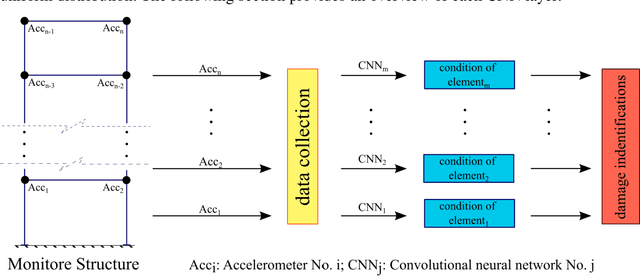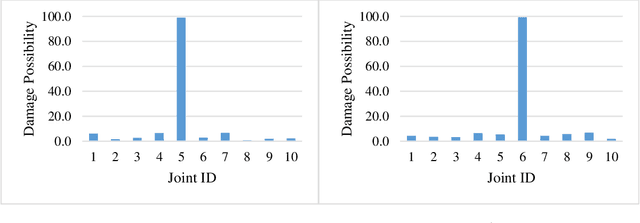Gholamreza Nouri
Application of 2-D Convolutional Neural Networks for Damage Detection in Steel Frame Structures
Oct 29, 2021



Abstract:In this paper, we present an application of 2-D convolutional neural networks (2-D CNNs) designed to perform both feature extraction and classification stages as a single organism to solve the highlighted problems. The method uses a network of lighted CNNs instead of deep and takes raw acceleration signals as input. Using lighted CNNs, in which every one of them is optimized for a specific element, increases the accuracy and makes the network faster to perform. Also, a new framework is proposed for decreasing the data required in the training phase. We verified our method on Qatar University Grandstand Simulator (QUGS) benchmark data provided by Structural Dynamics Team. The results showed improved accuracy over other methods, and running time was adequate for real-time applications.
 Add to Chrome
Add to Chrome Add to Firefox
Add to Firefox Add to Edge
Add to Edge